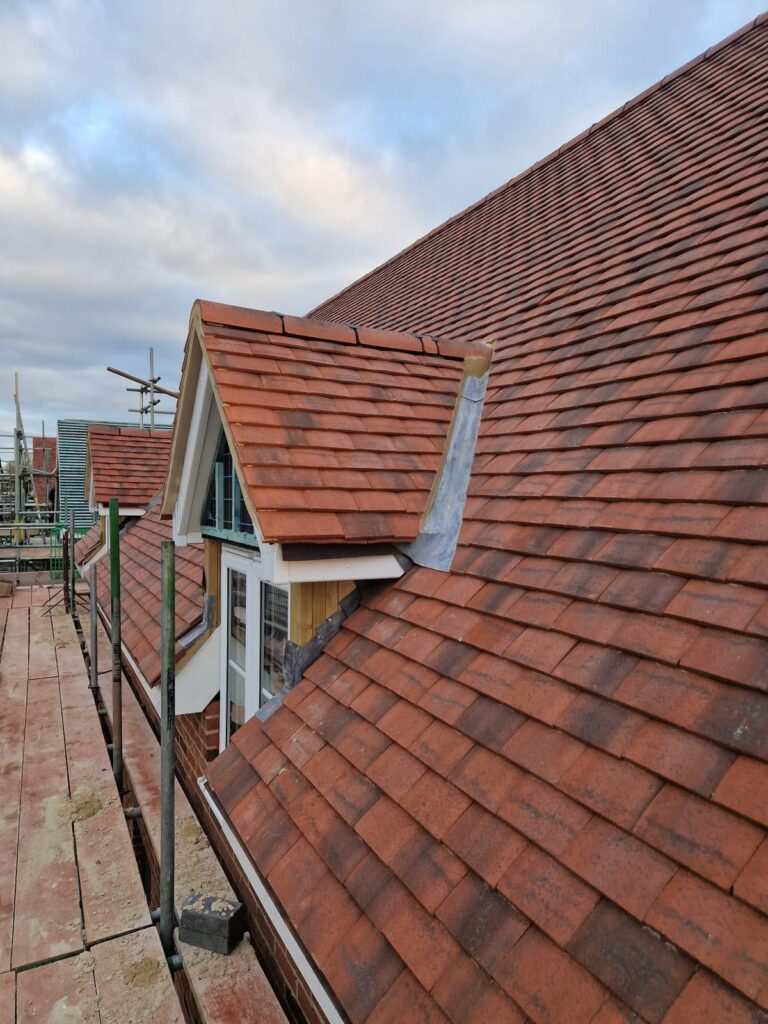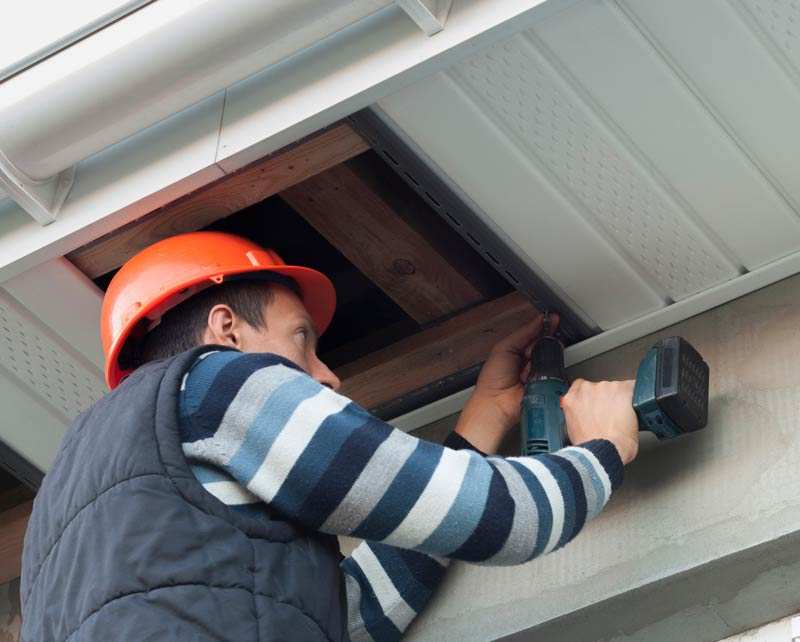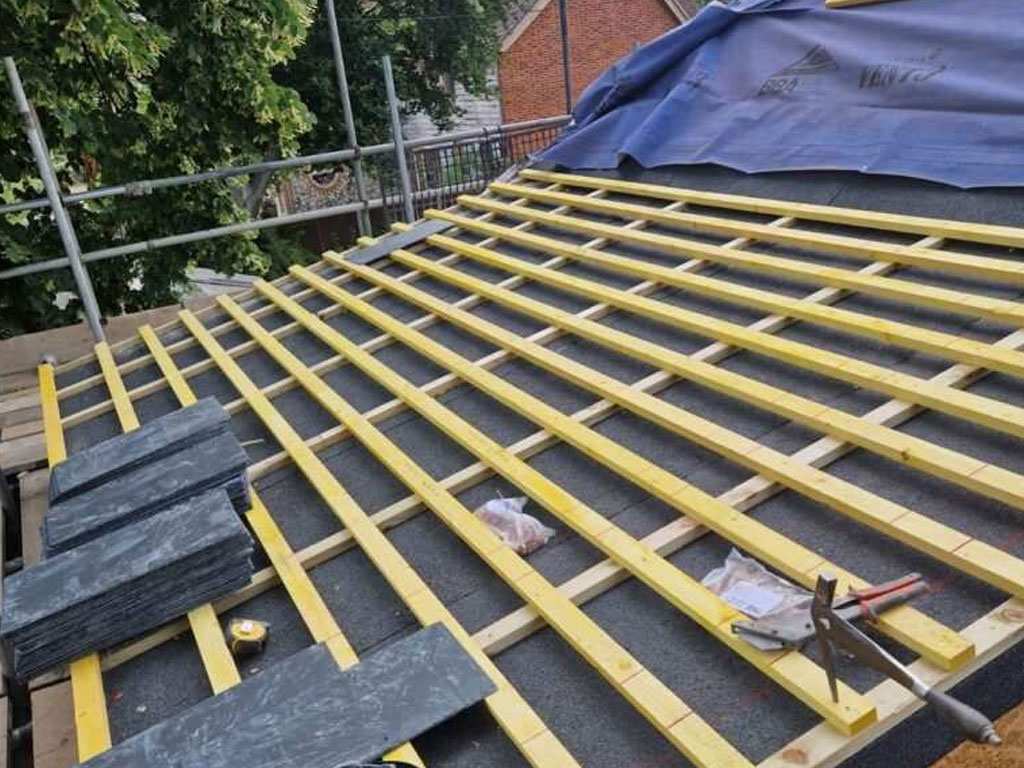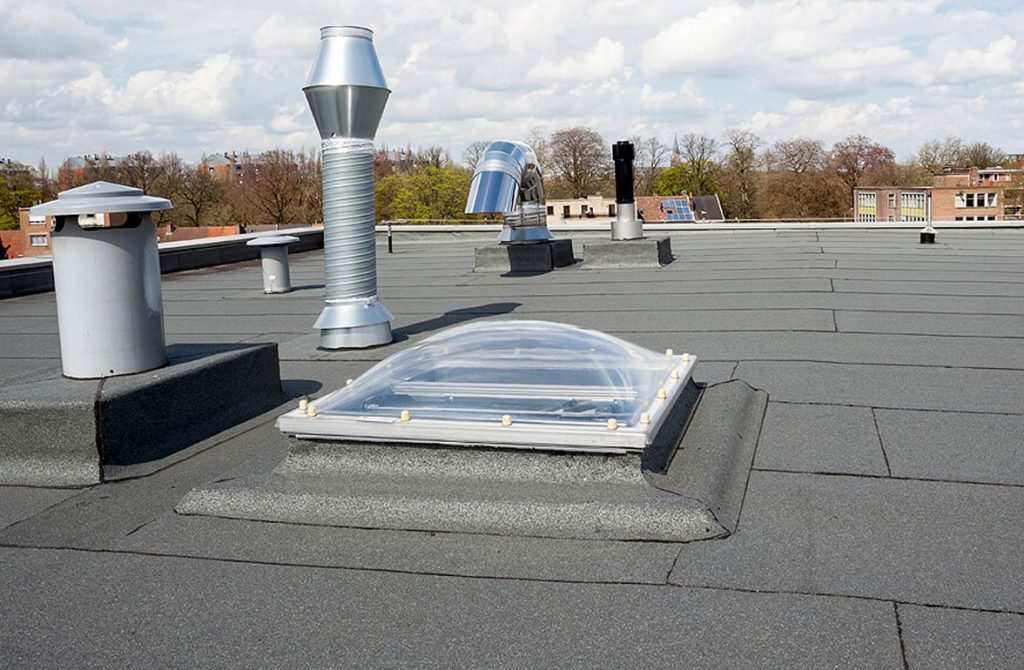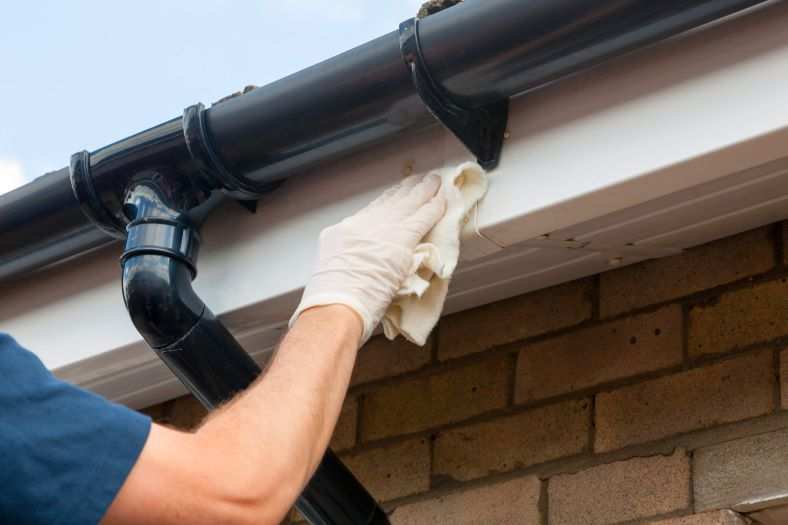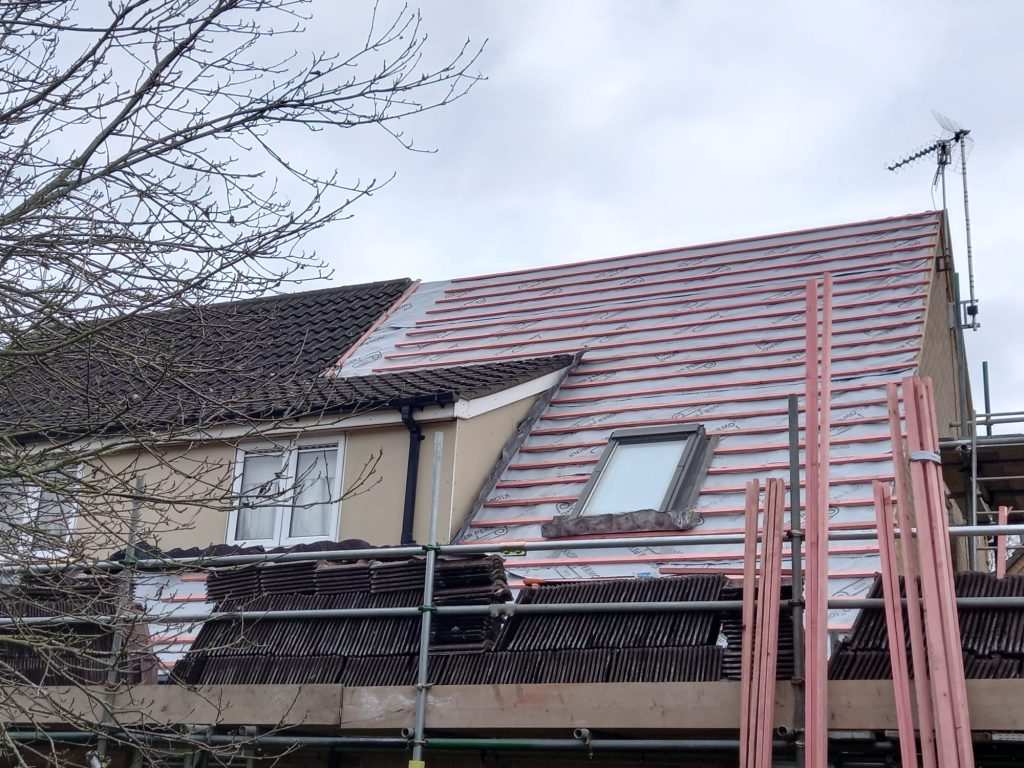Roof ventilation is often overlooked but is super important. Proper ventilation means a balanced airflow in your attic so you don’t get heat, moisture build up and long-term damage to your roof.
Without ventilation, your roof can be prone to all sorts of problems that not only shorten its life but also affect your home’s comfort and energy efficiency.
For UK homeowners where the seasons can be unpredictable, making sure your roof is ventilated is key.
Whether your home is new or old, good ventilation will benefit you all year round by protecting your home from the outside and keeping energy costs under control.
In this blog we’ll look at the benefits of roof ventilation and why it’s an investment for every property owner.
Energy Efficiency and Cost Savings
A ventilated roof helps your home be more energy efficient. In the summer heat can build up in the attic and the indoor temperature will rise and your cooling systems will work harder.
By letting hot air out and circulating air, proper ventilation reduces the load on air-con and you can have a comfortable indoor climate without using too much energy.
This applies to the colder months too. Roof ventilation helps to distribute the heat, so cold spots don’t form and your heating systems work more efficiently.
With energy efficiency, you’ll see a reduction in your energy bills, so ventilation is a cost-effective solution in the long run.
Roof Longevity
Poor ventilation can shorten the life of your roof. Trapped heat and moisture in the attic can degrade shingles, tiles and other components.
For example, extreme heat can cause shingles to warp or crack, moisture can cause rot which affects the roof structure and insulation. Over time these issues will require costly repairs or even a full roof replacement.
By ventilating properly homeowners can protect their roof from this damage and extend its life. This means less maintenance and a longer time between roof replacements and thousands of pounds in potential repairs.
In short investing in roof ventilation is an investment in your home’s main defence against the outside.
Moisture Build-up and Mould Growth
One of the biggest risks of poor roof ventilation is moisture build-up. When warm air rises into the attic and can’t get out it condenses and creates the perfect environment for mould and mildew to grow.
Not only can this cause structural damage as wooden beams rot but it’s also a serious health risk to the people living in the home especially those with allergies or respiratory conditions.
Proper roof ventilation prevents moisture build-up by letting humid air out and fresh air in. This keeps the attic dry and reduces the chance of mould or mildew.
Also better air quality indoors means a healthier living environment so ventilation is an essential part of maintaining your home and yourself.
Ice Dams
In areas where it gets cold in winter, poor roof ventilation can cause ice dams. These occur when warm air in the attic makes the snow on the roof melt and then refreeze at the eaves where the roof is cooler.
As the ice builds up it blocks the water from draining off the roof and causes leaks, shingle damage and potentially costly repairs.
Ventilation helps to keep the roof temperature consistent so the uneven melting and freezing that causes ice dams doesn’t occur. By allowing cold air to circulate in the attic ventilation reduces the risk of damage in winter.
This protects the roof and prevents water from getting into the house and the interior from water damage.
Year Round Comfort
A poorly ventilated roof can make living conditions uncomfortable all year round. In summer the attic can be unbearable hot and the upper levels of the home can be stuffy and uncomfortable.
In winter lack of airflow can cause uneven heating and some rooms can feel much colder than others. This temperature inconsistency can affect the overall comfort of the home.
Roof ventilation allows air to flow freely and regulates the temperature across the whole house. So in summer, the attic is cooler and in winter the warmth is distributed more evenly and no cold spots.
By improving indoor comfort roof ventilation allows for a more comfortable and balanced living environment all year round.
Signs of Poor Ventilation
Identifying poor ventilation early can prevent big problems down the track. Common signs are a hot attic in summer, mould or mildew and high energy bills.
Other signs are curling or premature ageing of shingles which is often caused by heat and moisture trapped under the roof.
If you see any of these signs you need to act fast. Roof ventilation issues should be addressed by professionals who can assess the situation and recommend the best solution to get the air flowing again.
Don’t ignore these signs and it will cost you more and more in the long run.
Conclusion
Roof ventilation is an essential part of a healthy, durable and energy-efficient home. From reducing energy bills to extending the life of your roof and improving indoor air quality the benefits are obvious.
By getting a well-ventilated roof you’re not only protecting your home but also your living space.
If you think your roof is not ventilated properly now is the time to call a professional.
Addressing ventilation issues can prevent costly repairs in the future and ensure your roof continues to provide the protection your home needs, no matter the season.




